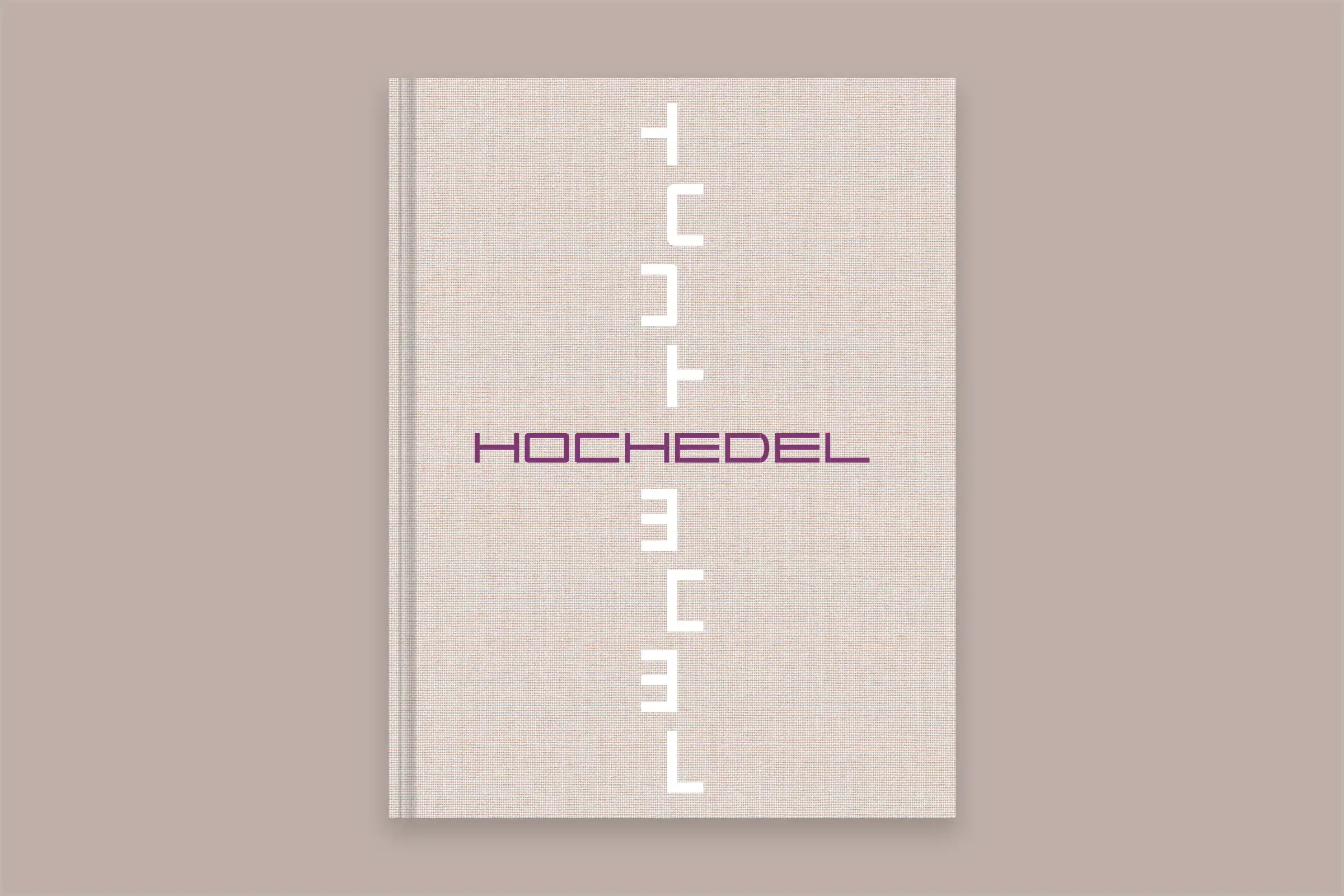
It was in 1980 that Michel Parmigiani first met with the Sandoz Family Foundation. The talented watchmaker and restorer, who devoted himself in his workshop to the mechanical marvels of the past with an impressive degree of craftsmanship, was commissioned with the restoration of the foundation’s collection of antique automaton clocks and pocket watches. The combination of skill and passion that emanated from his work laid the cornerstone for the foundation of the joint brand Parmigiani Fleurier in 1996. Anyone lucky enough to experience a guided tour of the main factory in Fleurier – as we did today – will be introduced to a veritable world of haute horlogerie. Here all of the components come together to create unique collections. Every watch is a perfect masterpiece. The fact that this comparatively young company, with its 650-strong workforce, combines the vast expertise of 500 years of watchmaking history is just one of the things that makes Parmigiani Fleurier so unique. For Martin Tobler, who has recently passed on the baton of Managing Director down to his successor Bruno Jufer, the greatest privilege is to work for a company that makes everything in-house. From development and design to casing production and the watchfaces, movements, complications and tourbillons – in the Parmigiani Watchmaking Centre, comprising five business areas across four locations, every last component is produced in-house and slots perfectly into the finished piece.
Anyone who has seen how Parmigiani superimposes hour lines as fine as a strand of hair onto the watchface, handwires the tiniest of numbers or decorates watch surfaces with the thinnest layer of paint will realise: This is somewhere that meets the highest standard of craftsmanship. Somewhere where devotion, a steady hand and a keen eye are must-haves. Skills that are vital also to Walter Alberti’s company: The founder of Real Stein AG, who accompanies me on this tour, has also geared his philosophy towards precision and craftsmanship. Although he produces in larger dimensions, the individual processing steps involve a painstaking level of attention to detail. While Parmigiani works with precious metals such as steel, gold and platinum, Alberti uses hand-picked natural stones to meet the demands of his discerning clientele. Marble, granite, quartzite and gemstones (from the Precious Stone Collection) are used in his high-quality interior designs – with around 900 kinds of stone for mass-produced interior outfittings, bathroom landscapes, exclusive kitchen work surfaces and special design objects. Each and every stone is presented as a one-off; as witnesses of time stretching back millions of years they are distinguished by their varying grains and diverse colour effects. Through finishing and surface treatments, the specialists at Real Stein also achieve a rich variety of textures and effects, perfectly attuned to the client’s unique style and room concept. We’re keen to discover the effort that Parmigiani puts into realising individual client preferences. Designed especially for the King of Thailand, the model with the opulent coat of arms provides the answer to our question.
It’s time to take a closer look at the collections of Parmigiani Fleurier. From the decision of the Sandoz Family Foundation and Michel Parmigiani to handle all manufacturing processes in-house came five centres of excellence in Fleurier, Alle, La Chaux-de-Fonds and Moutier. Each with their own job to do and perfectly positioned to meet their own exceptional quality standards. Owing to this structure, unique to the industry, over the course of 22 years the company has produced six collections and 33 watches developed in-house, including four global innovations. And yes, you can notice it right away: the passion and precision that goes into making every Parmigiani wristwatch. You can see it in the perfect transition between the casing and titanium/stainless steel bracelet of the TONDA MÉTROGRAPHE – the lugs are masterfully crafted. The striking design of the hands on the PANTOGRAPHE model from the Ovale range pays homage to the past – once used as a drawing instrument for copying on an enlarged or reduced scale, the pantograph is revived here as an unusual design element. With its composition of gleaming rose gold and intense blue, the KALPA KALPAGRAPHE CHRONOMETER is one of many successful models from the Kalpa range, whose streamlined rectangular casing makes a statement of classic elegance – complemented by the noble Hermès leather strap. Every now and then the dial reveals a glimpse of the no less impressive interior – with its many hundred perfectly interlocking individual components, these also elaborately decorated, its smoothly operating mechanisms and its built-in rubies and tourbillons. Manufacturing these components requires engineering and computer skill as well as knowledge of working with high-tech machines. At the same time, it is the craftsmanship behind the operation that make it so high-calibre and defines it as haute horlogerie. This is something Bugatti knew all too well when the company was on the lookout for a suitable partner in 2001. With their exceptional form and parallel rather than serially mounted movements, the Bugatti models strongly reflect the passion of the two companies for producing outstanding results. With every watch, Parmigiani Fleurier creates a piece of timekeeping history worth remembering. Have you got time?
It seems fitting that we should choose hôtel palafitte for this journey through time. Located on the banks of Lake Neuchâtel, it is only a stone’s throw away from Fleurier. It also forms part of the hotel portfolio of the Sandoz Family Foundation. The name palafitte reveals its distinguishing feature: It comprises the main house on the banks and numerous lake pavilions, built on stilts sitting enthroned on the water – a style more readily associated with the Maldives. Here in Europe this is the only hotel on stilts. Built in 2002 on the occasion of the Swiss National Exhibition, it is steeped in sleek elegance and linear architecture. The pavilion interior wows with its exclusive ambience and contemporary design, leading on to a private terrace with open views of the lake. The perfect place to switch off!




















